-
 bitcoin
bitcoin $110415.485139 USD
-1.74% -
 ethereum
ethereum $3914.309383 USD
-1.58% -
 tether
tether $1.000075 USD
0.00% -
 bnb
bnb $1116.910315 USD
1.41% -
 xrp
xrp $2.562069 USD
-1.96% -
 solana
solana $193.888910 USD
-0.02% -
 usd-coin
usd-coin $0.999800 USD
-0.01% -
 dogecoin
dogecoin $0.192383 USD
-0.47% -
 tron
tron $0.296815 USD
0.66% -
 cardano
cardano $0.641286 USD
-0.18% -
 hyperliquid
hyperliquid $47.495653 USD
-0.35% -
 chainlink
chainlink $18.106533 USD
1.42% -
 bitcoin-cash
bitcoin-cash $561.296588 USD
0.00% -
 stellar
stellar $0.316591 USD
-0.21% -
 ethena-usde
ethena-usde $0.999227 USD
-0.01%
How do you interpret a fast WMA crossing a slow WMA?
WMA crossovers help crypto traders spot momentum shifts, with fast WMA crossing above slow WMA signaling bullish trends and vice versa for bearish moves.
Oct 17, 2025 at 06:55 pm

Understanding the Dynamics of WMA Crossovers in Crypto Trading
Weighted Moving Averages (WMAs) assign greater importance to recent price data, making them more responsive to new information compared to simple moving averages. In the volatile environment of cryptocurrency markets, traders rely on WMAs to detect momentum shifts. When a fast WMA crosses a slow WMA, it signals potential changes in market direction. These crossovers serve as key technical indicators that help traders time their entries and exits with higher precision.
Bullish Signal: Fast WMA Crossing Above Slow WMA
1. A crossover where the fast WMA moves above the slow WMA is widely interpreted as a bullish signal.
- This movement suggests increasing buying pressure and strengthening upward momentum in the asset’s price.
- Traders often view this as a cue to enter long positions, especially when confirmed by rising trading volume.
- In Bitcoin or Ethereum charts, such crossovers have historically preceded significant rallies during bull market phases.
- The shorter-term average reacting faster to price surges indicates that recent sentiment has turned positive.
Bearish Signal: Fast WMA Crossing Below Slow WMA
1. When the fast WMA dips below the slow WMA, it reflects weakening momentum and growing selling pressure.
- This bearish crossover alerts traders to possible downtrends or corrections in digital asset prices.
- It often prompts short entries or triggers stop-loss orders for existing long positions.
- Altcoins with low liquidity may experience exaggerated crossovers due to sudden sell-offs, requiring confirmation from other indicators.
- During macroeconomic downturns or regulatory scares, these crossovers tend to appear across multiple crypto assets simultaneously.
Practical Applications in Cryptocurrency Markets
1. Day traders use short-term WMA combinations, such as 9-period and 21-period, to capture intraday trends in high-volatility tokens.
- Swing traders might apply 20-period and 50-period WMAs on daily charts to identify medium-term reversals in major coins like Solana or Cardano.
- Combining WMA crossovers with RSI or MACD helps filter out false signals caused by market noise or whipsaws.
- On leveraged trading platforms, these signals are integrated into algorithmic bots for automated execution.
- In ranging markets, repeated crossovers can lead to losses, emphasizing the need to assess overall market context before acting.
Frequently Asked Questions
What timeframes are best suited for WMA crossovers in crypto trading?Shorter timeframes like 15-minute or hourly charts work well for scalping, while daily charts offer more reliable signals for position trading.
Can WMA crossovers be used for altcoin analysis?Yes, they are effective for analyzing altcoins, though higher volatility may require additional confirmation tools to avoid misleading signals.
How does WMA differ from EMA in generating trade signals?WMA places linearly decreasing weights on older data, whereas EMA uses exponential smoothing. WMAs react slightly slower than EMAs but still offer timely insights.
Are WMA crossovers sufficient on their own for trading decisions?While useful, relying solely on WMA crossovers increases risk. Successful traders combine them with volume analysis, support/resistance levels, and on-chain metrics.
Disclaimer:info@kdj.com
The information provided is not trading advice. kdj.com does not assume any responsibility for any investments made based on the information provided in this article. Cryptocurrencies are highly volatile and it is highly recommended that you invest with caution after thorough research!
If you believe that the content used on this website infringes your copyright, please contact us immediately (info@kdj.com) and we will delete it promptly.
- Essex Post Office, 5p Coins, and King Charles: A Royal Mint Revelation!
- 2025-10-23 10:30:16
- Waymo's Newark Airport AV Tests: Alphabet's AI Gamble Pays Off?
- 2025-10-23 10:30:16
- King Charles 5p Coins: A Royal Flush in Your Pocket?
- 2025-10-23 10:35:18
- Solana, Crypto Advisory, and Forward Industries: A New York Minute on the Future of Finance
- 2025-10-23 08:51:22
- MAGACOIN: Ethereum Whales Dive into the Hottest Presale of 2025
- 2025-10-23 08:51:22
- Kadena's End of the Road? KDA Token Plummets Amid Project Abandonment
- 2025-10-23 08:55:34
Related knowledge
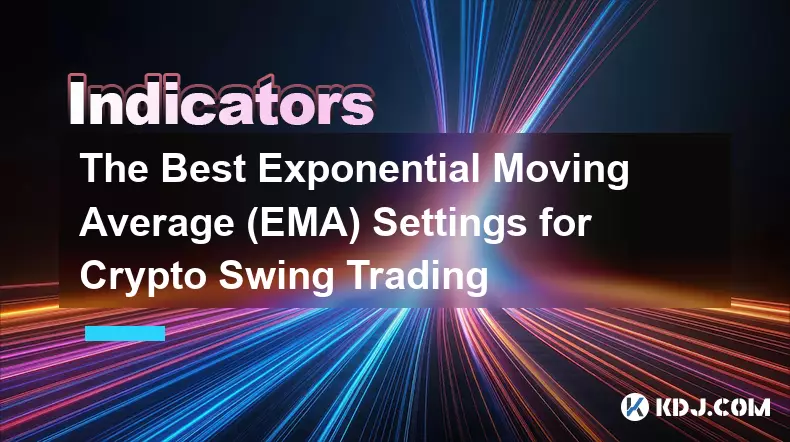
The Best Exponential Moving Average (EMA) Settings for Crypto Swing Trading
Oct 25,2025 at 04:55pm
The Best Exponential Moving Average (EMA) Settings for Crypto Swing TradingSwing trading in the cryptocurrency market relies heavily on identifying tr...
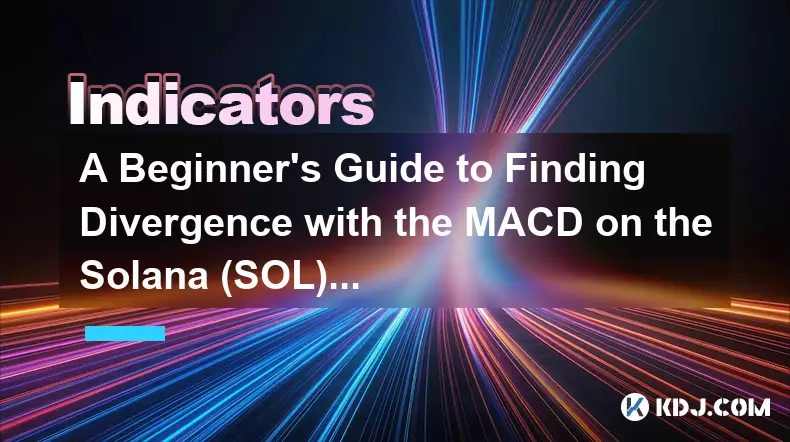
A Beginner's Guide to Finding Divergence with the MACD on the Solana (SOL) Chart
Oct 26,2025 at 12:36pm
Understanding MACD and Its Role in Solana Trading1. The Moving Average Convergence Divergence (MACD) is a momentum indicator widely used in cryptocurr...
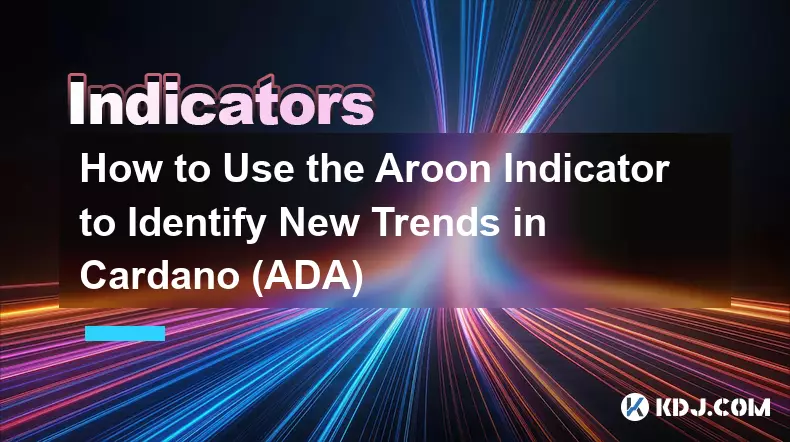
How to Use the Aroon Indicator to Identify New Trends in Cardano (ADA)
Oct 26,2025 at 10:18pm
Understanding the Aroon Indicator in Cryptocurrency Trading1. The Aroon indicator is a technical analysis tool designed to identify whether an asset i...
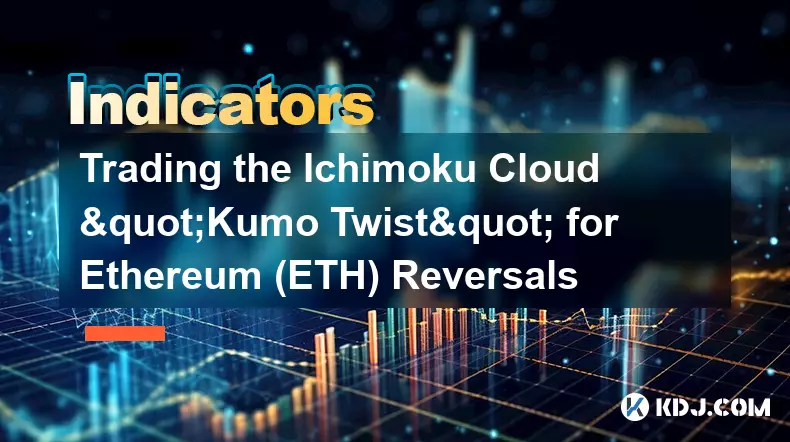
Trading the Ichimoku Cloud "Kumo Twist" for Ethereum (ETH) Reversals
Oct 27,2025 at 01:54am
Understanding the Ichimoku Cloud and Its Components1. The Ichimoku Cloud, also known as Ichimoku Kinko Hyo, is a comprehensive technical analysis tool...
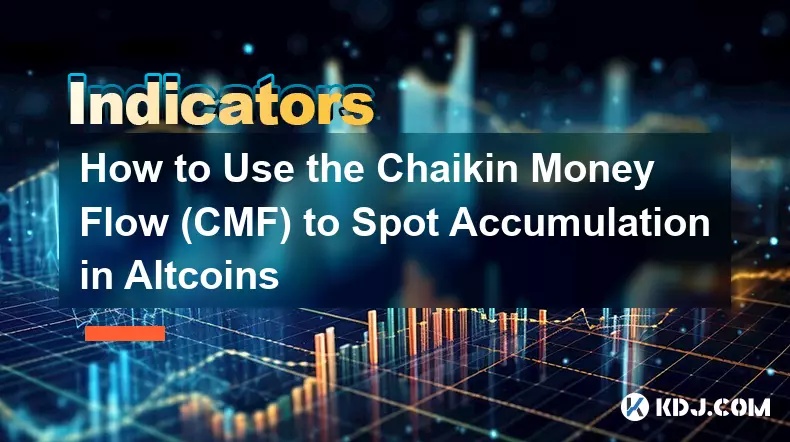
How to Use the Chaikin Money Flow (CMF) to Spot Accumulation in Altcoins
Oct 25,2025 at 08:18pm
Understanding Chaikin Money Flow in the Context of Altcoin Markets1. The Chaikin Money Flow (CMF) is a technical indicator developed by Marc Chaikin t...

Using the Williams %R Indicator to Find Tops and Bottoms for Dogecoin (DOGE)
Oct 31,2025 at 07:55am
Understanding the Williams %R Indicator in Cryptocurrency Trading1. The Williams %R indicator, developed by Larry Williams, is a momentum oscillator t...

The Best Exponential Moving Average (EMA) Settings for Crypto Swing Trading
Oct 25,2025 at 04:55pm
The Best Exponential Moving Average (EMA) Settings for Crypto Swing TradingSwing trading in the cryptocurrency market relies heavily on identifying tr...

A Beginner's Guide to Finding Divergence with the MACD on the Solana (SOL) Chart
Oct 26,2025 at 12:36pm
Understanding MACD and Its Role in Solana Trading1. The Moving Average Convergence Divergence (MACD) is a momentum indicator widely used in cryptocurr...

How to Use the Aroon Indicator to Identify New Trends in Cardano (ADA)
Oct 26,2025 at 10:18pm
Understanding the Aroon Indicator in Cryptocurrency Trading1. The Aroon indicator is a technical analysis tool designed to identify whether an asset i...

Trading the Ichimoku Cloud "Kumo Twist" for Ethereum (ETH) Reversals
Oct 27,2025 at 01:54am
Understanding the Ichimoku Cloud and Its Components1. The Ichimoku Cloud, also known as Ichimoku Kinko Hyo, is a comprehensive technical analysis tool...

How to Use the Chaikin Money Flow (CMF) to Spot Accumulation in Altcoins
Oct 25,2025 at 08:18pm
Understanding Chaikin Money Flow in the Context of Altcoin Markets1. The Chaikin Money Flow (CMF) is a technical indicator developed by Marc Chaikin t...

Using the Williams %R Indicator to Find Tops and Bottoms for Dogecoin (DOGE)
Oct 31,2025 at 07:55am
Understanding the Williams %R Indicator in Cryptocurrency Trading1. The Williams %R indicator, developed by Larry Williams, is a momentum oscillator t...
See all articles









































































